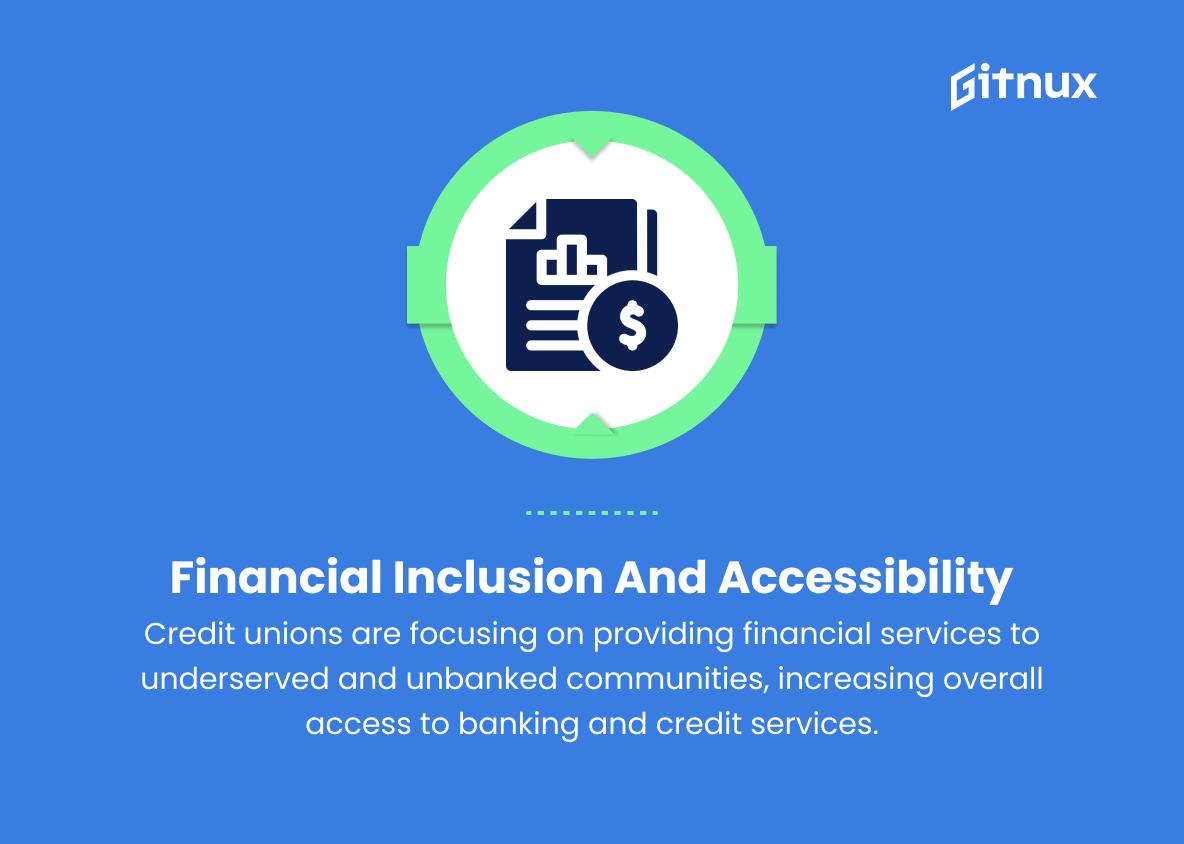In today’s rapidly evolving financial landscape, credit unions must stay informed on the latest trends, challenges and opportunities to effectively serve their members and optimize growth. As a beacon of trust, stability, and personalized service, these not-for-profit financial institutions play a critical role in the well-being of communities across the nation.
In this comprehensive blog post, we will delve into the most pertinent credit union trends, sharing invaluable insights and expert analysis to help credit union leaders navigate the complexities of this ever-changing industry. From emerging technology and the rise of digital banking to regulatory shifts and member engagement strategies, we’ll explore the forces shaping the future of credit unions and equip you with the knowledge to adapt, innovate, and thrive.
Top Credit Union Trends
1. Digital transformation
Credit unions are embracing digital technologies like mobile banking, online account opening, digital wallets, and advanced analytics to improve their members’ experiences.
2. Open banking
Open APIs allow credit unions to collaborate and share data with third-party providers and fintechs, creating personalized and innovative products and services for members.
3. Cybersecurity
As financial services increasingly rely on technology, credit unions are investing in advanced cybersecurity measures, ensuring the safety and security of their member’s data.
4. Artificial intelligence and automation
Credit unions are adopting AI and automation technologies to improve efficiency, reduce errors, and provide more personalized financial solutions.
5. Mergers and consolidation
Credit unions are considering mergers and partnerships with other institutions to increase efficiencies, diversify product offerings, and expand member reach.
6. Expanding financial wellness programs
Credit unions are focusing on financial education and services, helping members improve their financial well-being through counseling, debt management, and budgeting tools.
7. Enhanced member experience
Building stronger relationships with members by offering personalized experiences and user-friendly digital platforms is a top priority for credit unions.
8. Emphasis on community involvement
Credit unions are actively engaging in local community initiatives, supporting social issues, and partnering with local nonprofits to foster economic development and social change.
9. Diversification of products and services
Credit unions are expanding their offerings by including financial planning, wealth management, insurance, and investment products, along with a focus on niche markets.
10. Growing regulatory compliance
Credit unions face increasing regulatory requirements, making it essential to invest in regulatory technology and processes to ensure compliance and reduce risk.
11. Remote work and flexible staffing
The rise of remote work and flexible staffing models allows credit unions to recruit and retain high-quality employees outside of their traditional geographic areas.
12. Embracing environmental, social, and governance (ESG) factors
Credit unions are increasingly embracing sustainability practices and ESG principles, helping to ensure long-term success and create positive social and environmental impacts.
13. Collaboration with fintechs
Credit unions are partnering with fintech companies to boost innovation, deliver seamless banking experiences, and meet the evolving needs of members.
14. Blockchain technology
Credit unions are exploring blockchain technology applications to improve security and efficiency in transactions, identity verification, and data storage.
15. Financial inclusion and accessibility
Credit unions are focusing on providing financial services to underserved and unbanked communities, increasing overall access to banking and credit services.
Implications
The future of credit unions is shaped by a series of emerging trends focused on digital transformation and enhancing member experiences. The adoption of digital technologies such as mobile banking and advanced analytics plays a crucial role in improving members’ experiences, while open banking initiatives enable seamless collaboration with third-party providers to create more personalized and innovative services.
As cybersecurity risks grow, credit unions are taking measures to secure their members’ data, while leveraging AI and automation to enhance operations and deliver tailored financial solutions. Furthermore, the industry is witnessing a growth in mergers and consolidation, diversification of products, community involvement, and expanding financial wellness programs, reflecting a more holistic approach to member well-being.
The emphasis on regulatory compliance and the rise of remote work and flexible staffing models ensures that credit unions are well-prepared to navigate the evolving landscape. As the focus on environmental, social, and governance factors become more paramount, credit unions are not only contributing to positive social and environmental impacts but ensuring their long-term success in the process. Collaborations with fintechs, exploring blockchain applications and prioritizing financial inclusion, and accessibility highlights credit unions’ commitment to meeting the needs of their diverse member base, helping to reshape the financial landscape as we know it.
Conclusion
In summary, the trends in the credit union industry indicate a rapidly evolving financial landscape. As credit unions adapt to the digital age, focusing on innovative technologies, personalized services, and strategic partnerships, they have the potential to enhance their members’ experience while staying competitive in the market.
By embracing diversity and continuously working towards financial inclusion and environmental sustainability, credit unions can drive positive change for their communities and long-term success. Staying informed and adapting to these trends will ensure that credit unions remain an essential and trusted resource for their members, helping them to thrive in an ever-changing financial world.















